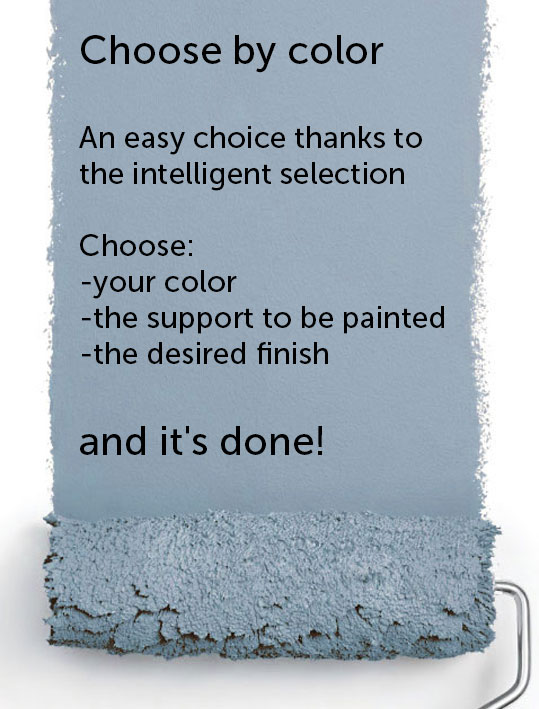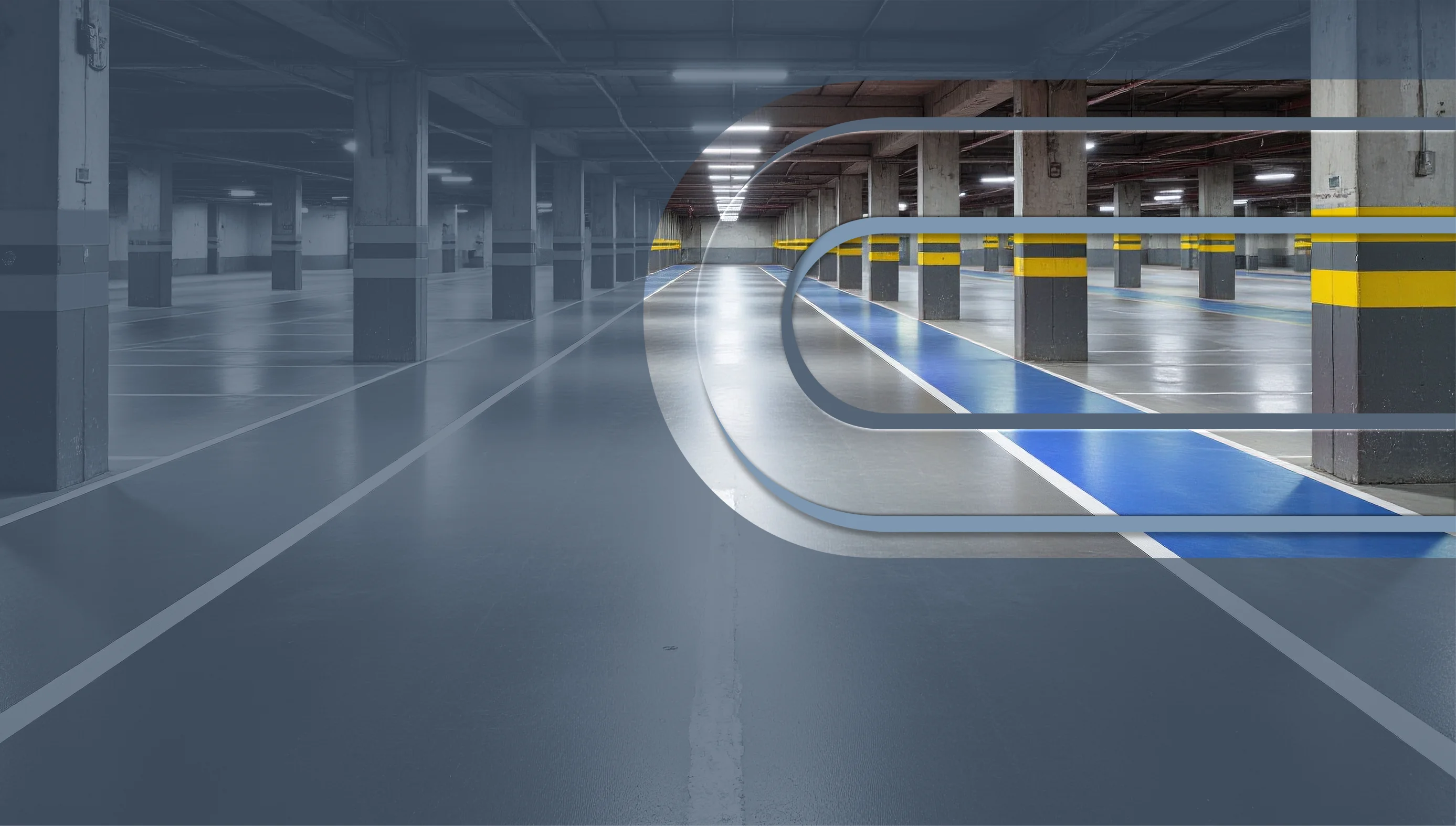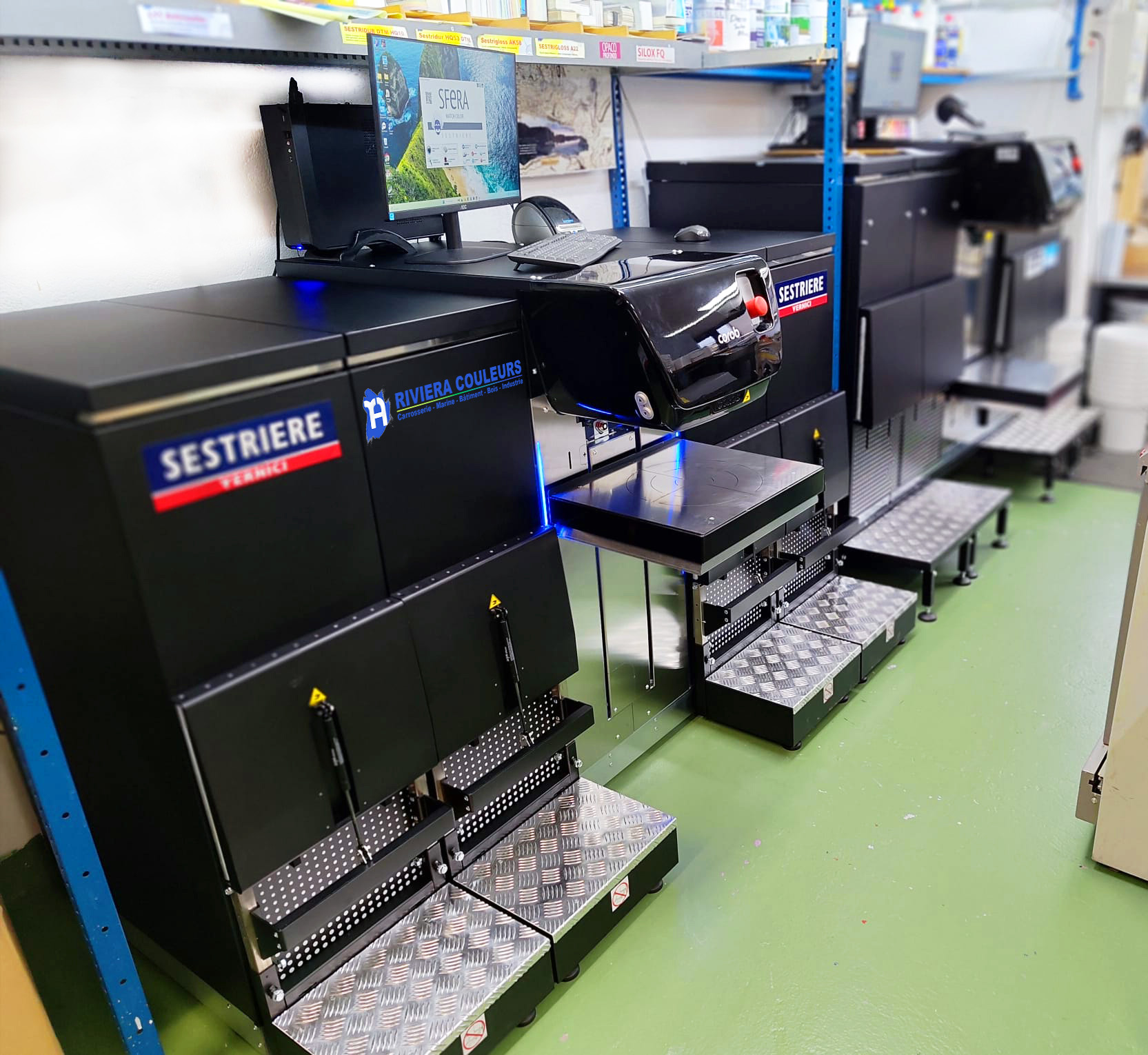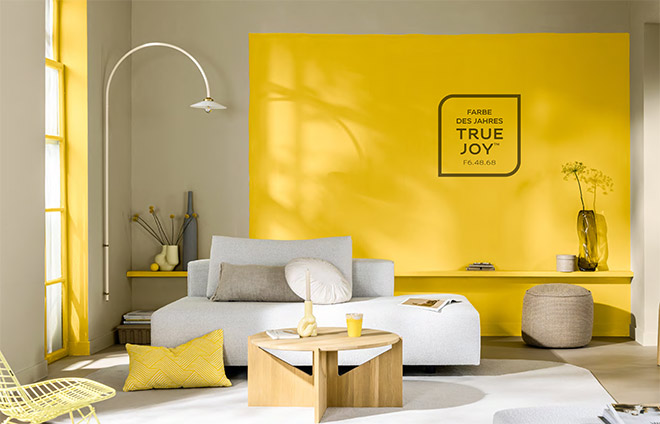Difference between covering products and glazes
Pigmentation and layer thickness play a key role in the lifespan of the coatings. As a general rule, the thinner the layer, the faster the coating degrades and the more regular the maintenance intervals will be.
Outdoors, given the thermal load and tensions that surfaces are subjected to, it is recommended to use light to medium light shades. In the sun, dark surfaces can reach a temperature of 80°C. On very resinous woods, this type of temperature can cause resin flows which alter the adhesion of the coating or the appearance of the surface. As high temperatures cause more drying, they can also cause cracking.
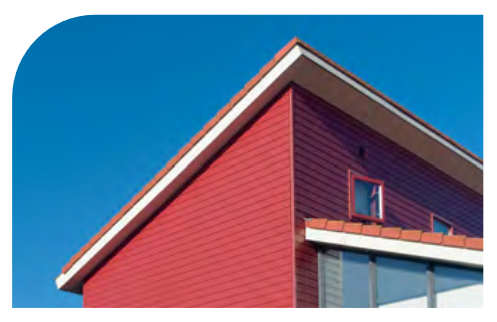
COVERING COATING
Layer thickness 60 μm – 100 μm
Form a film
Very good protection against humidity
Very slow weathering
Very good UV resistance
Spalling due to possible infiltration
Increased renovation work
Long renovation cycle
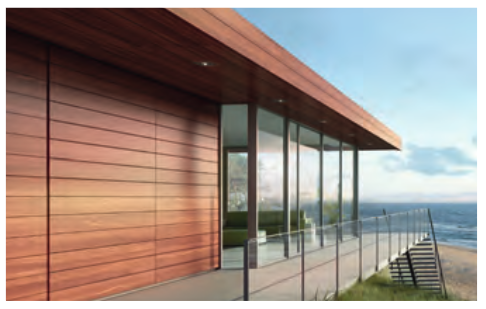
GLAZE COATING
Layer thickness 30 μm – 80 μm
Form a film
Good protection against humidity
Very slow weathering
Good UV resistance
Spalling due to possible infiltration
Increased renovation work
Long renovation cycle
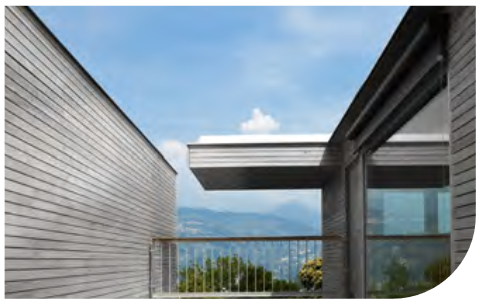
IMPREGNATION GLAZE
Does (practically) not form a film
Poor protection against humidity
Rapid and uniform weathering
Low UV resistance
No chipping
Low renovation work
Short renovation cycle
How do you recognize the “right” time to carry out a renovation?
Simply take a dampened cotton cloth and place it on the surface to be checked. If the wood becomes darker after about 2 to 3 minutes, it is high time for a renovation. During a renovation, particular care must be taken to determine, before starting implementation, the correct shade by carrying out an application test. A renovation taken on time will always be less expensive, because it will require less preparation work. Experience also shows that, due to the higher absorption power of wood, renovation coats last much longer than the first coats. To properly protect wood from bad weather and deterioration with a glaze, it is necessary to choose the product and application methods carefully.
Lifespan, maintenance
The lifespan of a glaze varies greatly and depends on exposure, the intensity of bad weather, the quality of the product, the structure of the wood surface and the effectiveness of constructive protections. As a general rule, you need to repaint completely or just in certain areas every two to six years.

